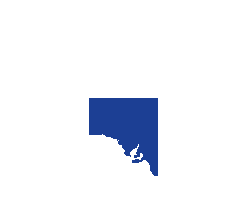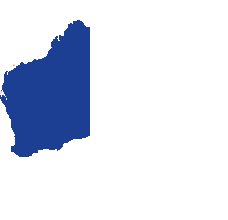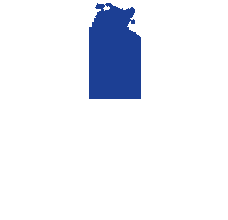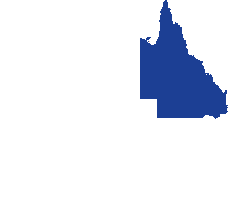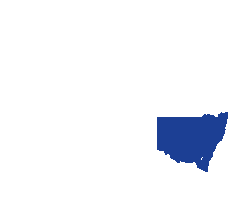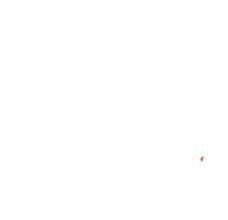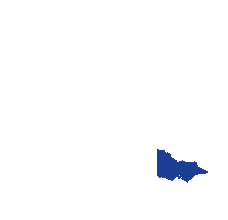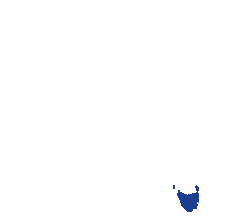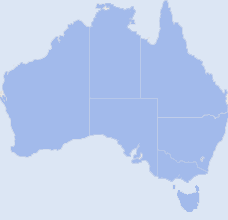A fabulous print result always start with high quality, best practice design of your artwork. We want to be sure you're 100% happy with your final printed result and there are no nasty surprises caused by faulty artwork setup like: incorrect fold/trim size, wrong colours, missing objects, things cut off/close to the edge, blurry images, changed fonts etc.
To maintain our high quality standards, low print prices, efficient production, and most importantly; customer satisfaction we always meticulously check your artwork manually by eye and with our specialised Pre-Flight software before it is sent off to print.
On occasions where your supplied PDF file has technical or design errors which will cause a poor and unacceptable print result (e.g. low image resolution, no bleeds or margins, spot/RGB colours etc.) we will fix these errors (charged at our fixed pre-press rate) and send you a revised proof (with the changes listed) for approval.
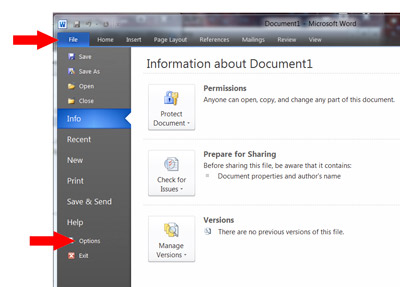
Step 2 – Go to the Save Tab and tick on “Embed fonts in the file”
Make sure that the other two boxes below
“Embed only the characters used…”
and
“Do not embed…” are Not ticked
Step 3 – Go to the Advanced Tab and tick on “Do not compress images in the file”
and make sure “Set default target output to:" is set at 220ppi 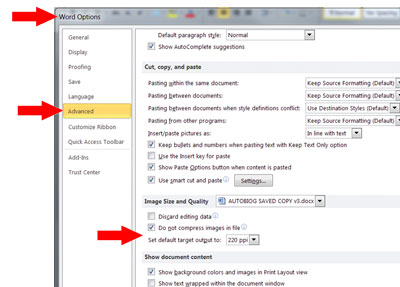
Step 3 – Re-save your document with these new settings.
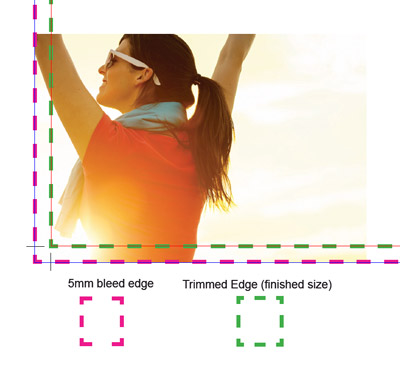
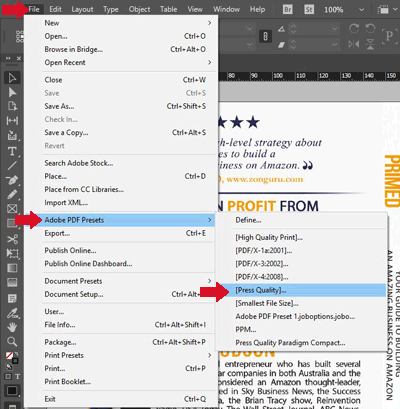
Step 2 - In General settings make sure you select "pages" not "spreads" as per image below.
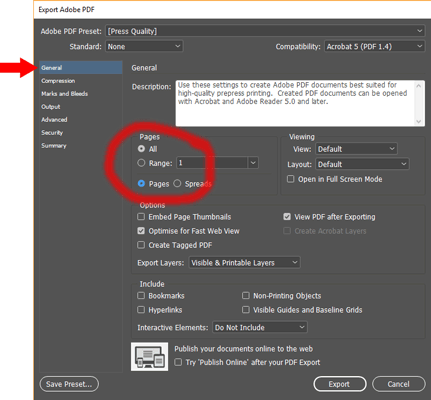
Step 3 – Ensure your Compression settings look the same as the image below
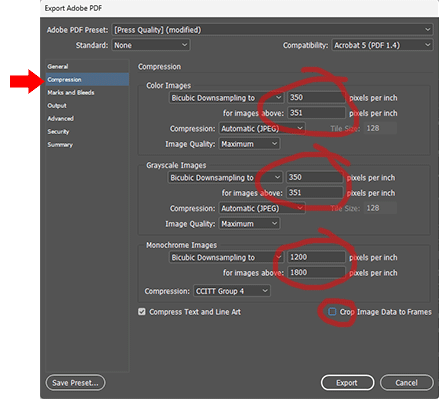
Step 4 – Ensure your Marks and Bleeds settings look the same as the image below
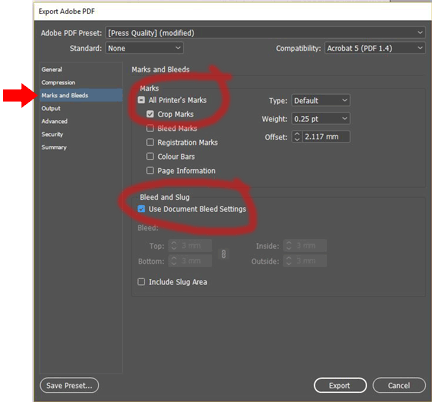
Step 5 – Ensure your Output settings look the same as the image below.
Then click Export to create your PDF file.
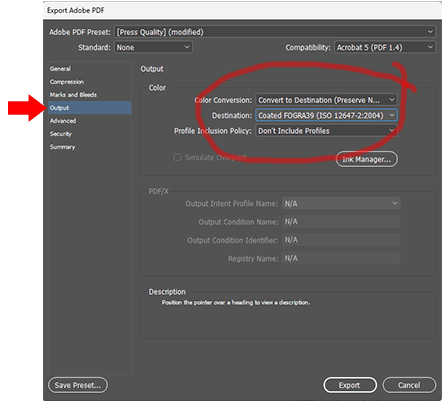
Save
Save
Save
Save
Save
Printing your book in the standard sizes of A4 (297x210mm) or A5 (210x148mm) will ensure easy shipping, marketing, readability, and minimize potential technical or artwork issues as well as guarantee the most economical print price. However if you have a special size specific to your project we are more than happy to quote on custom sizes.
Yes, This is a common paperback book size. However it is not the most economical because when the size becomes bigger than A5 (210x148mm) it is printed on a larger printing press and priced as a A4 sized sheet.

